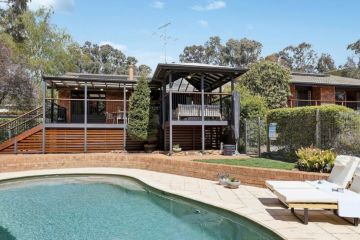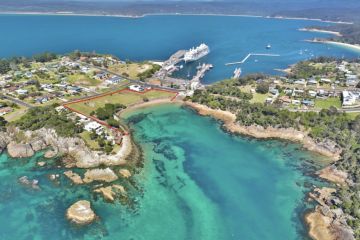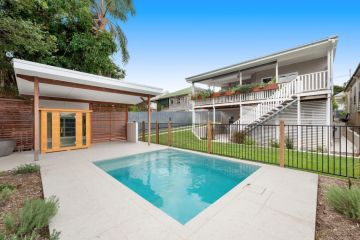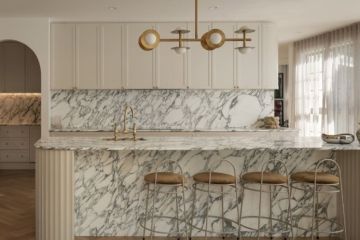Does Canberra need a green roofs and walls policy?
There is no denying Canberra is transitioning to a higher-density city. In March, the ACT government announced plans to part-lift height restrictions on stage one of the light rail route, allowing for an extra 37,000 dwellings.
But according to experts, one of the challenges facing higher-density cities is less green space.
While there’s no shortage of greenery in the bush capital, from the rolling hills of the arboretum to the many nature reserves dotted around the suburbs, the greening of roofs and walls will have an important role to play in the high-rise landscape.
There have been calls for a codified strategy for the management of new buildings and open spaces.
“With increasing density and associate demands on open space in our growing cities, it is imperative that government, in partnership with the private sector, implement strategies to encourage innovative building and landscape solutions,” said a spokesperson from the Australian Institute of Landscape Architects.
According to AILA, green walls and roofs have many benefits, including reducing the urban heat-island effect, better building efficiency and energy savings, enhancing food production capacity, reducing greenhouse emissions and improving air quality.
The institute supports all levels of Australian government to introduce policy and regulatory measures to promote the implementation of green roofs and walls.
- Related: How does Canberra’s increasing population affect the property market?
- Related: Canberra suburbs where dual occupancies are popular
- Related: Why a solar passive house could save you money
In March, AILA ACT chapter president Gay Williamson said investment in green spaces in the ACT was essential, and she pointed to NewActon, developed by Molonglo Group, as an example of successful development in Canberra.
Within the suburb, Canberra’s first eight-star energy efficient rated building, Nishi, features cutting-edge green walls.
“When we started the process of building Nishi we were told by lots of people that Canberra wasn’t London, Tokyo, New York or Melbourne and that we had to respond to our local context to determine quality,” said Molonglo Group director Johnathan Efkarpidis.
“Implicit in this was the suggestion that somehow Canberrans shouldn’t expect built-form excellence, best-practice environmental sustainability, or the inner-city product offerings found in the world’s best cities. Our intention throughout the project has always been to challenge this limitation.”
Nishi has more than 90 plant boxes hanging from its timber facade, including a mixture of climbers and low-level, low-water plants.
In the base of the building is a blackwater plant that filters untreated waste water, which is reused to water the plant boxes.
“A lot of the time the style of Nishi or other green buildings can be confused as being primitive, basic or “hippy”, but Nishi is in no way a low-technology response to sustainability,” Mr Efkarpidis added.
New developments in Canberra are also embracing the idea of green walls and roofs.
Mulberry – the first development in Art Group’s 2.9 hectare Dickson Soho estate – will feature two rooftop gardens on its four buildings. One is a vegetable garden and the other a zen garden. A third rooftop will also include a swimming pool.
Art Group project director Brett Smith said rooftop spaces provide great amenity for residents.
“Adding landscaping on rooftops is a greater utilisation of the site. It’s handing back an entire sitewide plain for people to enjoy when they live there,” he said.
“Putting people up higher also gets them away from the disruption associated with lower levels, such as traffic, and provides peace and better access to sunlight and views.”
Ruby, developed by Pod Projects, in Gungahlin will have an average EER of 8 across its development spanning two buildings and has “rooftop sanctuaries” with “lush greenery”.
We recommend
States
Capital Cities
Capital Cities - Rentals
Popular Areas
Allhomes
More







